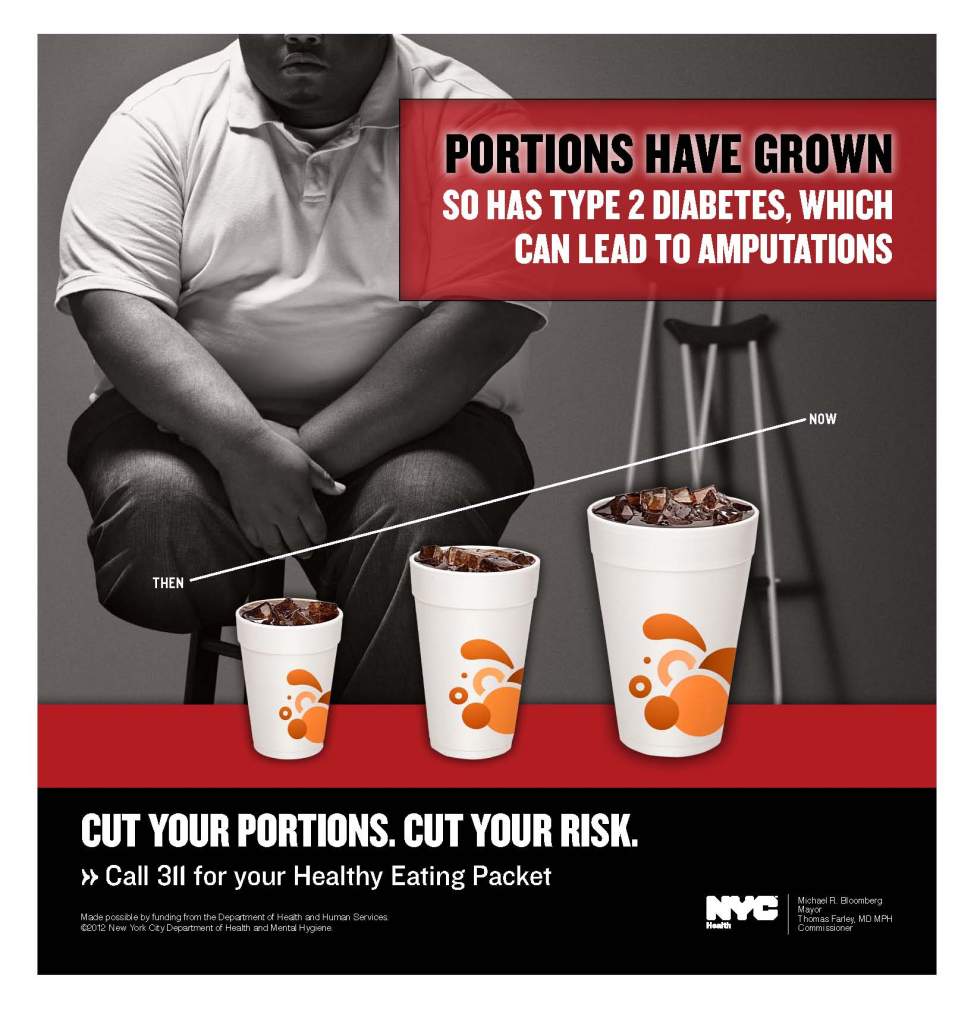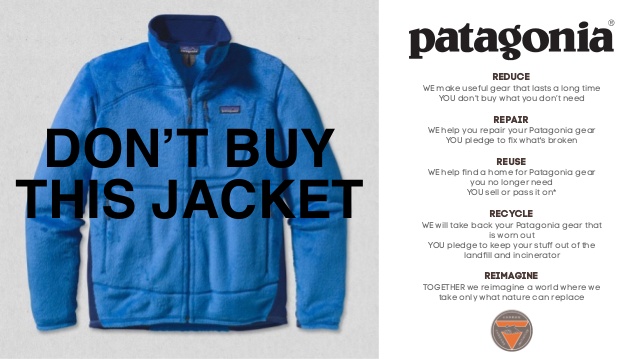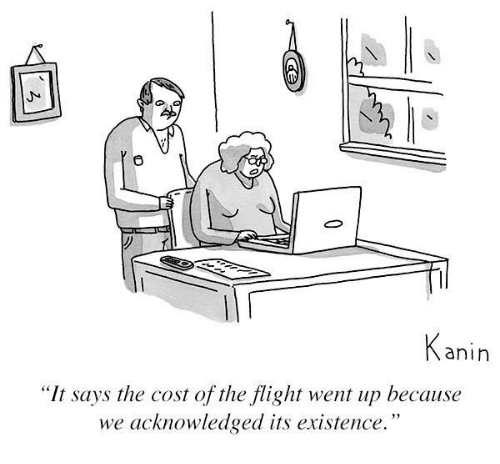
Demarketing: How Marketing Backwards Is the New Solution
Last update: 13 March 2023 at 11:42 am
Everyone’s heard of marketing, which involves increasing people’s interest in a product or service. However, demarketing is a concept you might not know much about.
Implementation strategies include price discrimination, bait and switch, stock outage, crowding cost, and differentiation. You can find many examples of businesses and governments using such tactics to reduce demand for a product or tourist location.
To craft an effective demarketing strategy, you first need an awareness of customer behavior. You can then look at the 4 Ps of marketing and set clear goals. You also need to be alert for possible unintended outcomes.
In this article, you’ll learn:
- What demarketing is
- When to use it
- 3 types of demarketing
- Demarketing strategies
- Practical examples
- How to develop a successful demarketing strategy
What Is Demarketing?
In 1971, Philip Kotler and Sidney Levy wrote an article for the Harvard Business Review. They explained that demarketing could be as necessary as marketing, and defined the concept as discouraging customers from purchasing.
Companies can choose to reduce demand in general or select a specific consumer segment, using the strategy on a temporary or ongoing basis.
Demarketing aims to reduce the customer base and decrease demand for a product or service without destroying demand.
Often, demarketing serves as a tool to encourage clients to purchase a different product.
There are three main types of demarketing:
- General
- Selective
- Ostensible
When Might You Need a Demarketing Strategy?
We’ve already established that demarketing aims to lessen demand. What specific situations might make that necessary?
Managing Shortages
In some parts of the world, there are water shortages, and governments need to ration the use of this resource. When droughts make hydroelectric power generation difficult, electric companies try to educate their customers about the benefits of conserving energy.

Companies may face production or distribution challenges and use demarketing to solve the problem. They might do so when the cost of producing or advertising a specific product is exceptionally high. Reducing the demand could also be necessary when distribution channels are inadequate or absent.
Businesses may stop advertising a product that brings little to no income and encourage buyers to purchase one with higher profit margins.
Some companies also face challenges producing enough of a product to meet the demand. In this case, they can use demarketing strategies to weaken demand.
Avoiding Shortages
Many natural resources can become depleted by overuse. For example, governments and businesses put restrictions in place to protect the fish supply and avoid forest depletion.
Minimizing Harm to People
Certain products can be harmful to people’s health, including alcohol, drugs, and cigarettes. Governments and nonprofits may participate in campaigns that warn of the dangers of these, as well as foods that contain too much salt, sugar, or fat.

Reducing Risk to the Environment
In tourism, the government might identify a problem with overcrowding at national parks. They then release information encouraging people to attend on different days or warning of the potential harm to nature or resources.

Maintaining Exclusivity
High-end hotels and restaurants may increase prices to limit access and guarantee that only the very wealthy can use their services. It’s a way of maintaining exclusivity, keeping the general public from accessing the establishment.
Solving Production or Distribution Problems
Three Primary Concepts of Demarketing
The three main types or concepts of demarketing include selective, ostensible, and general demarketing. It can be difficult to get to grips with these kinds of unusual marketing techniques, so think about hiring a qualified advertising agency to help you get started before launching yourself in.
Selective Demarketing
In selective demarketing, a company tries to lessen demand from specific classes of consumers. As explained above, this allows the business to maintain an exclusive group or protect loyal customers. In real estate, this focus on specific population segments can guarantee a neighborhood will contain mostly adults or primarily families with children.
A soda company might notice that fruit-flavored drinks bring higher profits than colas. So, marketers could release advertising that points out the risks of coke and indicates other options are better for people’s health.
Ostensible Demarketing
This type of demarketing involves creating an artificial or perceived shortage to encourage consumers to purchase more. Buyers tend to stockpile items that seem hard to get. BMW saw this response in 1997 when it restricted its supply in the UK.
General Demarketing
General demarketing means shrinking the level of total demand. Electricity and water suppliers can use such campaigns when production is low.

It also occurs when a business wants to decrease overall demand for a product or when governments warn against the dangers of alcohol and drugs.
Demarketing Strategies
There are several common demarketing strategies that governments and businesses use. They include price discrimination, bait and switch, stock outage, crowding cost, and differentiation.
Price Discrimination Demarketing
This strategy involves making it more costly to obtain a specific product. A company can create transaction costs to discourage consumers from getting the lowest price.
For example, some stores offer reduced prices from 8 to 11 am on Saturday. Buyers who want the lowest price endure the discomfort of getting up early. Those who prefer shopping at a convenient time pay more for the desired item.

Bait and Switch Demarketing
When a company advertises a product with the intent of selling another, it may be using the bait and switch technique. In this case, the business offers a price that’s too good to be true. When people try to purchase the product (the bait), they discover it’s not available.
The seller then offers a similar item with a higher price as a substitute (switch). Since this technique relies on deception, it’s typically considered illegal.
Stock Outage Demarketing
A firm may plan a stock outage to encourage customers to purchase. When clients find a product is unavailable at one store, they’re more likely to buy when they find it at another location.
Businesses may also offer rain checks or pre-orders that guarantee the buyer will receive the item as soon as it’s back in stock. The apparent shortage makes people willing to pay in advance, and the company can use the amount paid to help finance production.

Crowding Cost Demarketing
This strategy is helpful on days when a store expects large numbers, such as on Black Friday. Prices may rise during the day as crowding decreases. Some shoppers are willing to pay more to obtain the same product without waiting in long lines.
Differentiation Demarketing
A company might choose to deter consumers from purchasing their product, allowing them to choose a competitor instead. It can do so by reducing attractiveness using one of the 4 Ps of marketing:
- Product: Removing any warranties or accessories previously offered
- Price: Increasing the amount charged
- Place: Limiting availability in some geographical regions
- Promotion: Decreasing promotion of the product
A business might use this strategy to keep its products’ value high or avoid price wars with competitors. It might reduce supply to a specific location if profits are low in that area.
Examples of Demarketing in Action
Canadian Healthcare System
In the 1990s, the Canadian healthcare system was in crisis due to overuse or inefficient use. Dr. Gurprit Kindra of the University of Ottawa suggested adding co-payments and user fees to discourage consumption. He also proposed that requiring a referral from a primary care physician could limit the number of visits to specialists. Offering privatized fast-lane services at a higher cost could reduce strain on the system.
Tata Motors
Tata Motors discontinued the Nano when it was in short supply with increasing demand. To accomplish this, they promoted other products, completely halting advertising of the Nano.
Lego
Lego also had to use demarketing at one point when sales rose 25% in one year. The toy company couldn’t manufacture enough to keep up with the demand, so they used strategies to reduce consumer interest.
Finite Natural Resources

Demarketing paper products is one way to preserve forests. Several states, including Pennsylvania, Texas, and Wisconsin, have switched to issuing electronic vehicle titles.
When severe drought struck California, the government restricted water usage while providing tax rebates for installing artificial grass.
Crafting Your Marketing or Demarketing Message
How can you work toward a successful demarketing experience? Understanding customer behavior is one of the first steps.
Understanding Customer Behavior
Behavioral economics is a growing field that combines economics and psychology to explain why people act as they do when making choices about money. When you try to curb demand for a specific product, you might need to study concepts like habit extinction, deconditioning, learning, and reinforcement.
Developing a Demand Management Strategy
Demarketing poses difficult choices. To inform your strategy, you need to define the following terms for your business:
- Under demand
- Adequate demand
- Over demand
Then, you’ll craft a game plan to keep your company in the range of adequate demand, implementing marketing strategies if there’s under demand and demarketing when there’s over demand.
Setting Clear Goals
What are you trying to achieve? Are you aiming for a certain percentage of increase each year? You might have a modest growth goal or even a zero growth goal.
As you gain a deeper understanding of your company’s needs, you can set clear objectives that drive your marketing and demarketing efforts.
Beware of Unintended Outcomes
Sometimes demarketing can have effects that go against the original intention. For example, research shows that overexposure to certain anti-drug ads may lead to increased substance abuse.
In the same way, you might find that a demarketing campaign ends up encouraging customer behavior that you meant to reduce. Because of this, it’s essential to keep records of the strategies used and their outcomes. It may be a process of trial and error, but you’ll be able to adjust quickly, if necessary.
In Summary
Demarketing can be as critical a strategy as marketing. It’s essential to meet with your team and determine your goals before beginning any new approach. Paying close attention to customer behavior and outcomes can lead to success in demarketing.





